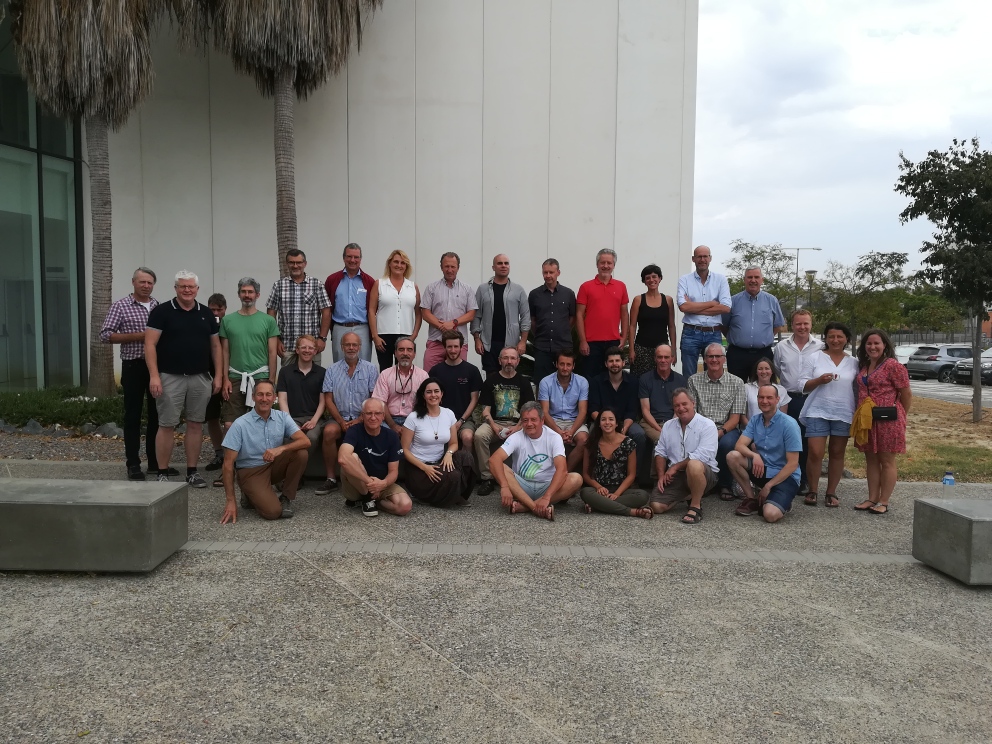Adaptive Management of Barriers in European Rivers
AMBER seeks to apply adaptive management to the operation of barriers in European rivers to achieve a more effective and efficient restoration of stream connectivity. To do this, we are developing tools, models, and toolkits that will allow hydropower companies and river managers to maximize benefits and minimize ecological impacts. This will improve energy security, help protect jobs, and boost European competitiveness, particularly in rural economies.
This project will also help protect global biodiversity in rivers by decreasing fragmentation, promoting habitat connectivity, and evaluating the merits of different restoration actions through developed tools.

Create
The first assessment of stream connectivity across Europe
to highlight where restoration is most needed.

Develop
a holistic framework and associated tools for guiding the
restoration of local river ecosystems.

Provide
opportunities for real time monitoring
using citizen science.

Make
the first application of eDNA for river restoration to help prioritize
areas for conservation and barrier management.
Transnational Cooperation
AMBER team
Twenty active partners together form the AMBER consortium. They include large hydropower businesses, rivers authorities, non-governmental organisations, universities and the European Joint Research Centre.
These institutions are spread throughout Europe including Poland, Italy, Germany, UK, Ireland, Netherlands, Spain, France, Switzerland, Denmark and Sweden. A large number of end-users have been identified representing stakeholder interests not only in every single European Member State, but also in European Free Trade Association countries. The team showcases what Europe can achieve in terms of international strategic collaboration, while knowledge transfer promoted through the consortium will help to overcome the innovation divide between regions
AMBER also includes a ‘citizen science’ programme to involve authorities, NGOs and the public in data collection and dissemination.






















